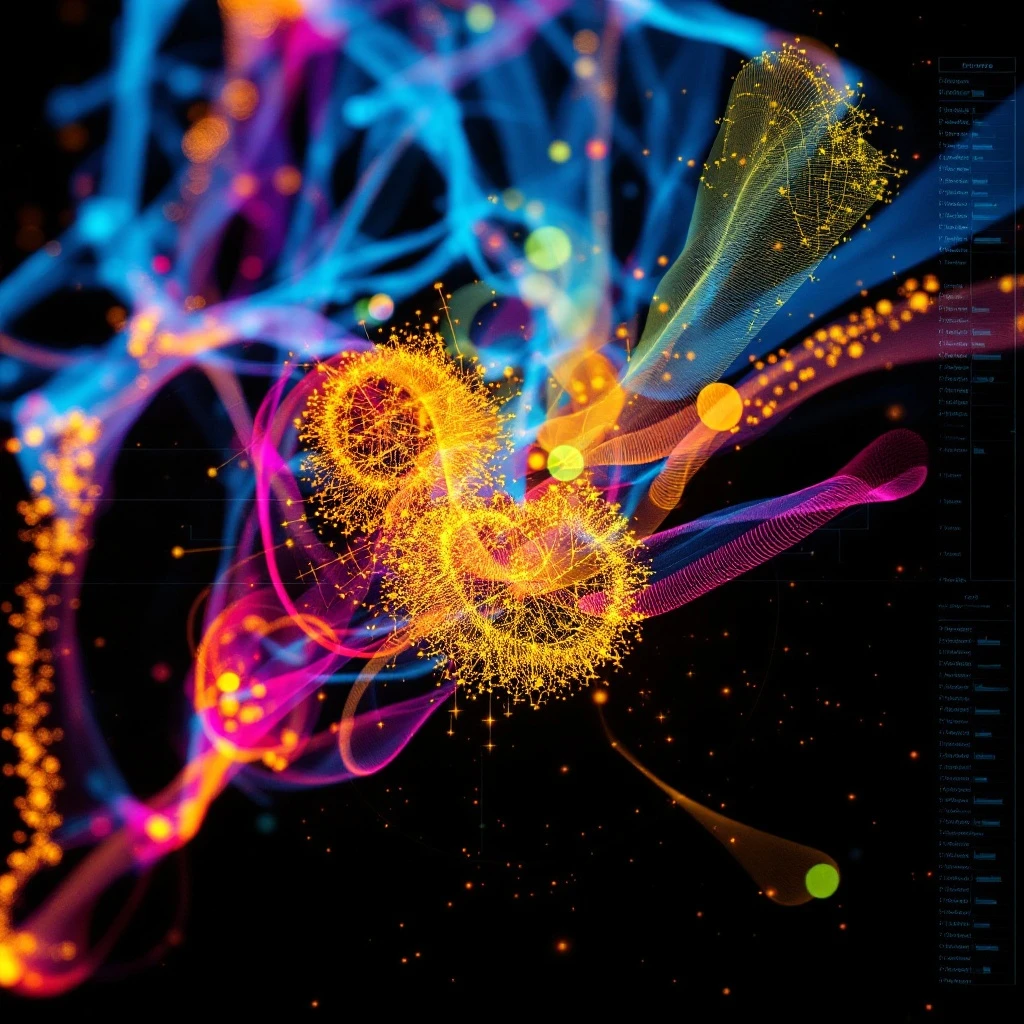Periapical and retro-alveolar radiographs are crucial for diagnosing root-level issues and tracking the progression of periodontal disease. By integrating AI into this diagnostic process, dental professionals can streamline the identification of abscesses, bone loss, and other anomalies. DFAI's platform uses advanced algorithms to detect subtle changes in periapical images, giving clinicians more confidence in their treatment plans.
How AI Enhances Periapical and Retro-Alveolar Analysis
Early-Stage Detection
Machine learning models can flag the slightest radiographic irregularities, ensuring quicker intervention.
Consistent Evaluation
Standardizing image interpretations minimizes variability between different practitioners, improving overall clinical outcomes.
Benefits for Clinics and Hospitals
Reduced Diagnosis Time
Automated alerts and real-time reporting allow clinicians to focus on patient interaction rather than manually combing through each X-ray.
Improved Patient Acceptance
Clear, AI-assisted visuals help patients understand their conditions, increasing trust and acceptance of recommended treatments.
Conclusion
Periapical and retro-alveolar radiographs form the bedrock of endodontic and periodontal diagnostics. Integrating AI transforms these X-rays into a powerful, data-rich resource that streamlines diagnosis, enhances patient communication, and improves long-term outcomes.
Reference
For a comprehensive look at AI in endodontics: Journal of Endodontics - AI Review
Related Articles:
- The Evolution of Digital Dental Imaging
- AI and Endodontic Diagnostics
- Modern Dental Radiography Guide
- AI-Assisted Interpretation of Periapical Radiographs
For a comprehensive look at AI in endodontics:Journal of Endodontics - AI Review
Secondary Keywords: dental radiography, periapical diagnosis, digital endodontics, retro-alveolar analysis, medical AI, dental pathology, diagnostic imaging



